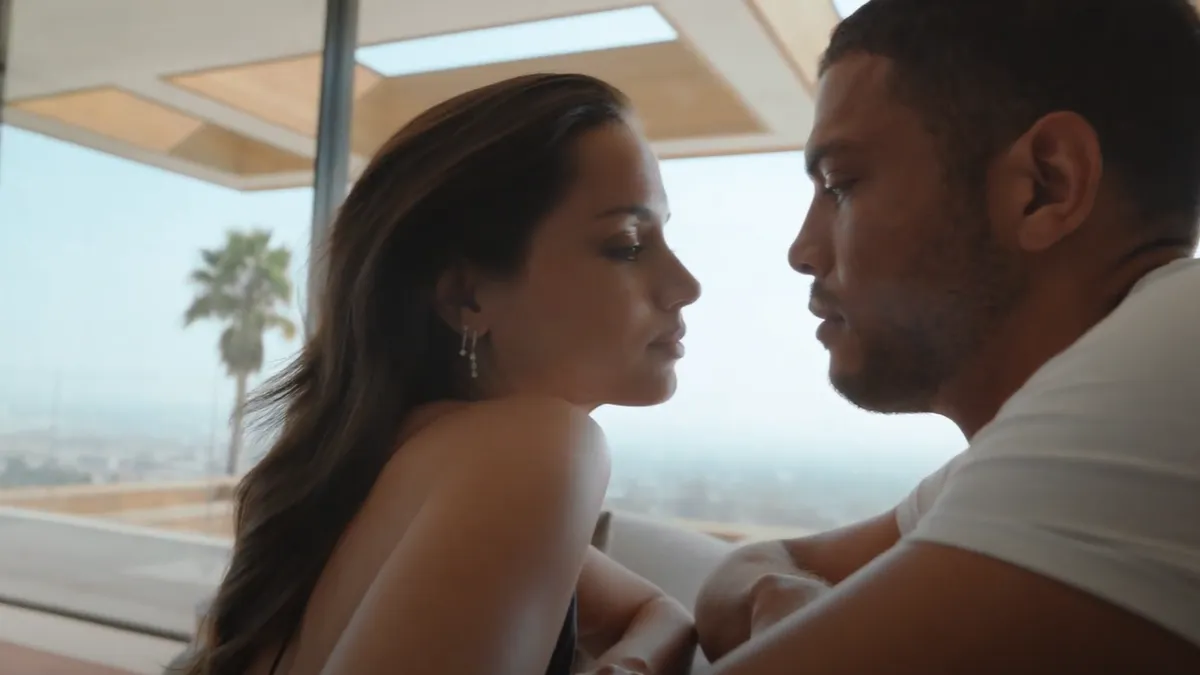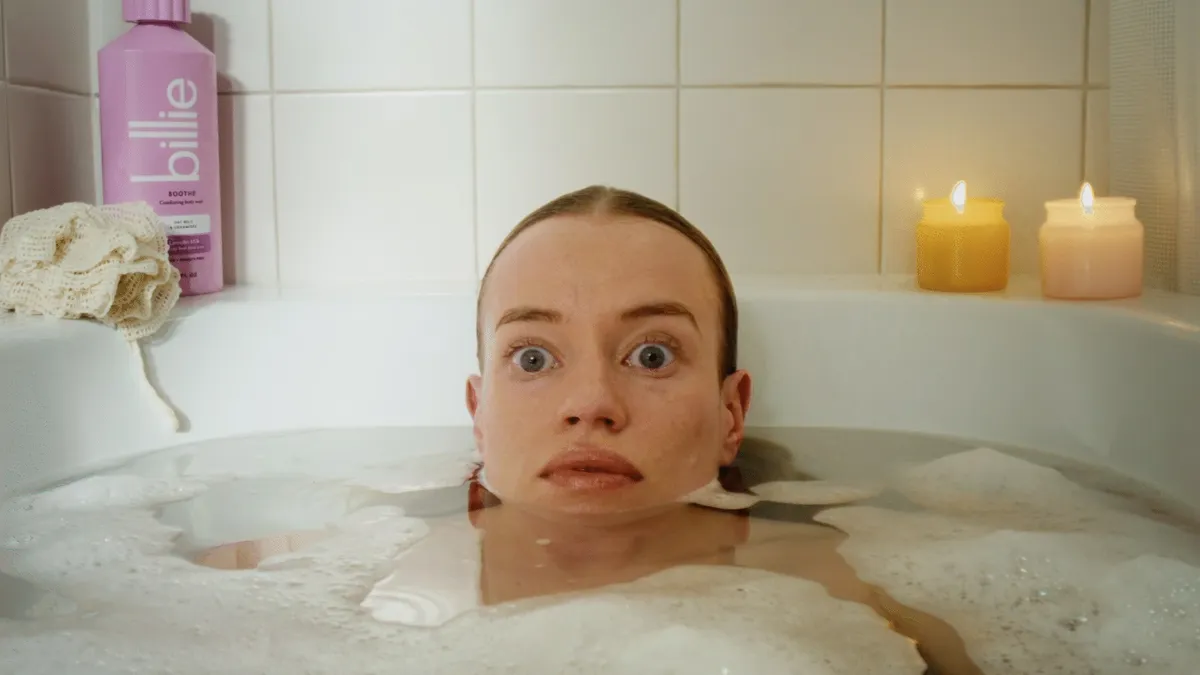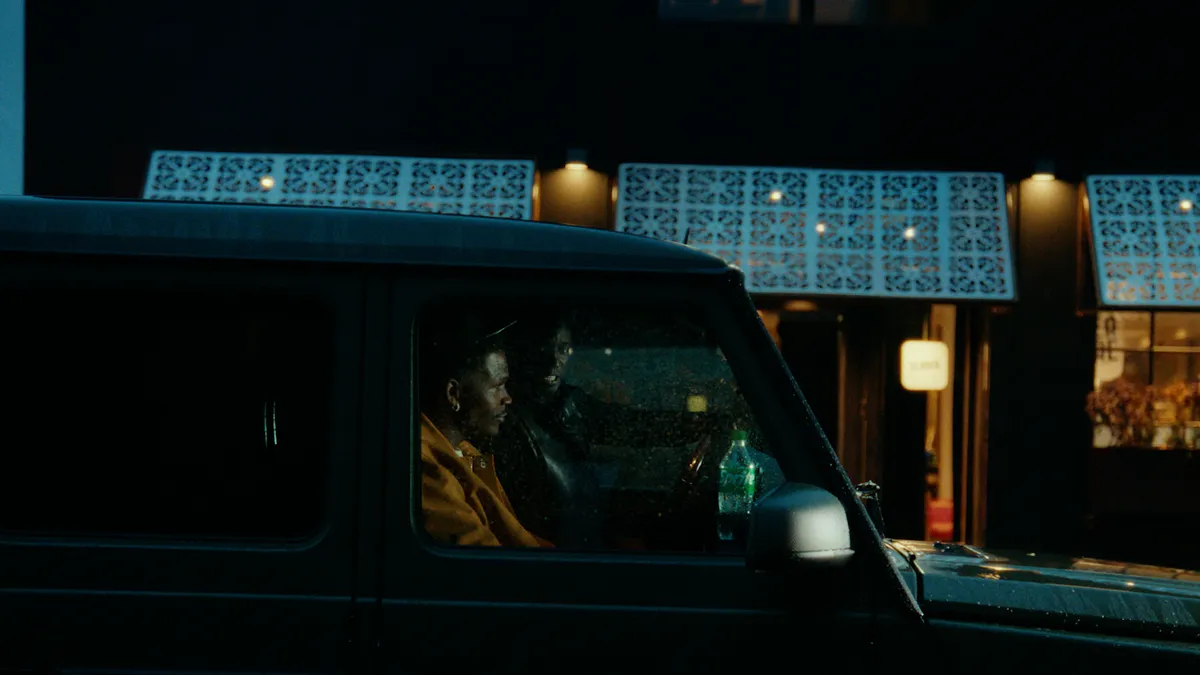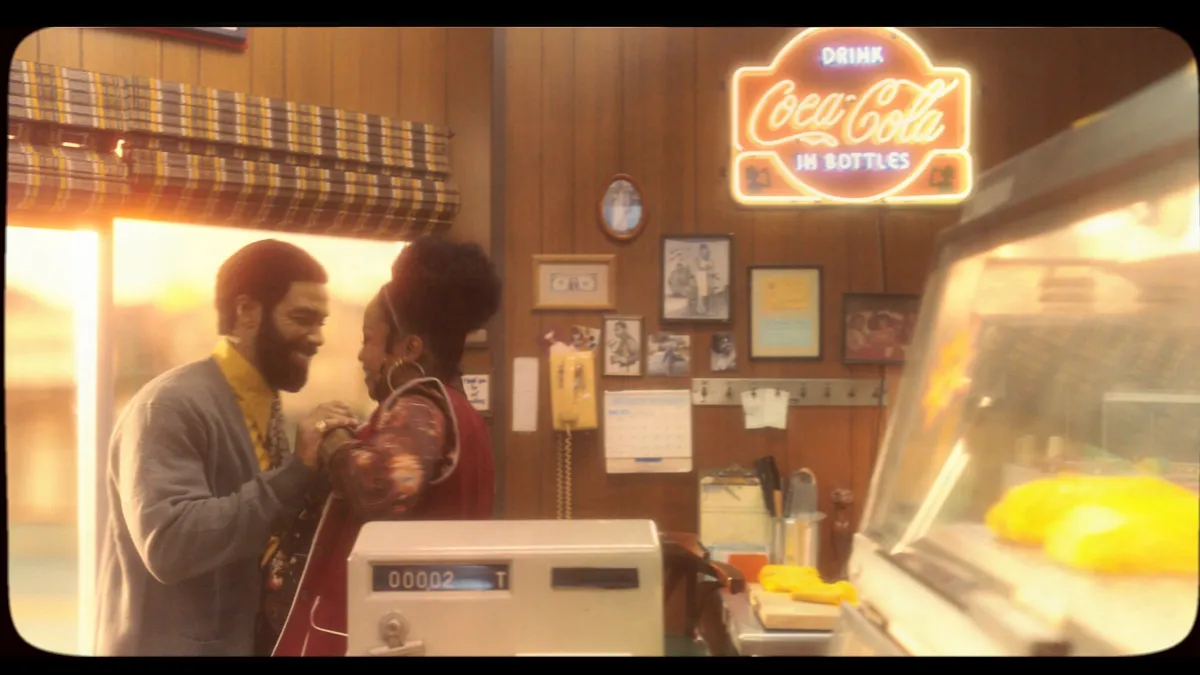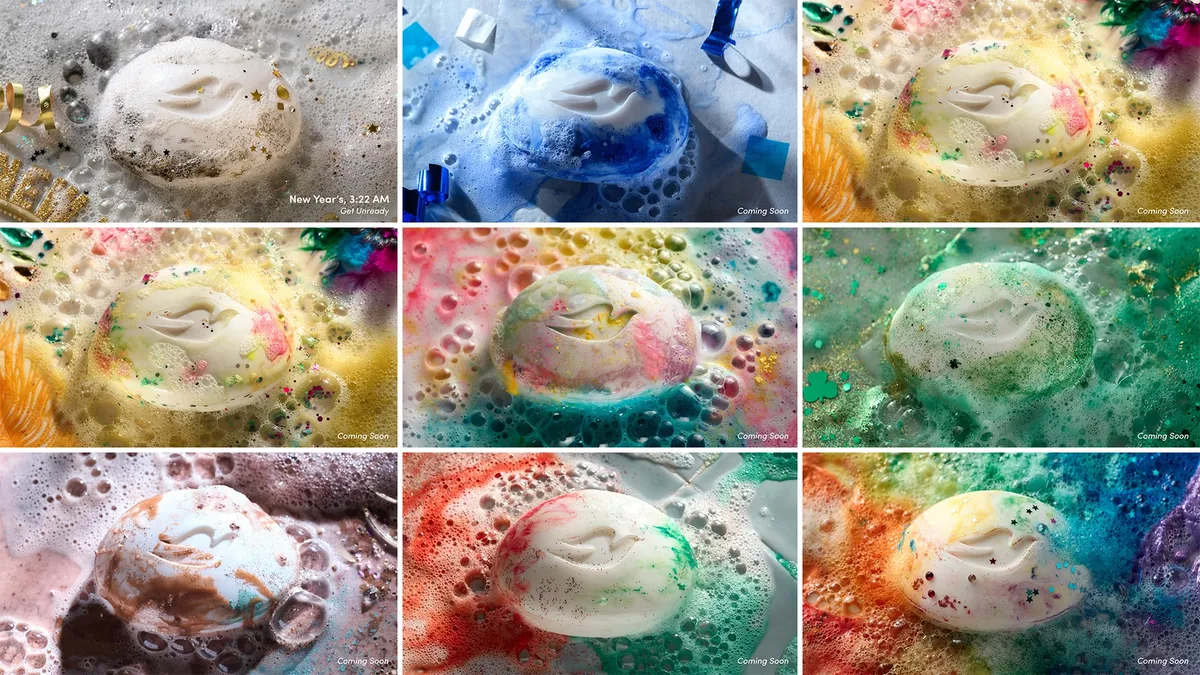Campaign Trail is our analysis of some of the best and worst new creative efforts from the marketing world. View past columns in the archives here.
Estée Lauder is reimagining traditional norms of love and broadening its scope through audio-based narratives. The beauty brand's "Dare to Love" spring campaign is powered by creative storytelling through the voices of artists and influencers, and touches on contemporary forms of love, such as self-love, family love and love of purpose.
Though the effort promotes Estée Lauder's latest fragrance, Beautiful Magnolia, the campaign marks a new brand platform that is set to lay the foundation for the beauty behemoth's perfume marketing over the next several years, according to Jennifer Johns, vice president of consumer engagement for Estée Lauder.
Anchoring the campaign is a partnership with The New York Times and its T Brand content studio, helping to expand the representation of love through people's real stories within audio ads in the publication's Modern Love podcast.
Estée Lauder's team narrowed down the campaign's audio-first approach based on the insight that fragrance is commonly linked to particular facets of the human brain, per Johns.
"Why we thought it was so powerful and why we think audio makes so much sense for fragrance is that fragrance is tied to memory and mood," she said. "I think that audio stories through audio are so connected to memories, so it's a really sensorial way to bring love stories to life."
Natural alignment
The campaign's genesis derives from a deal with The New York Times' Modern Love podcast — a first for Estée Lauder. Partnering with the popular program allows the beauty brand to reach Modern Love's global audience in a way that matches the podcast's format and topic and doesn't intrude upon the listener experience. Four audio spots each highlighting a different type of love — romantic love, familial love, self-love and love of purpose — were penned by a select group of writers, and some were narrated by brand ambassador and actress Ana de Armas.
"I think that audio stories through audio are so connected to memories, so it's a really sensorial way to bring love stories to life."

Jennifer Johns
Vice president of consumer engagement, Estée Lauder
Since 2004, the Modern Love column has shared perspectives on the intricacies of contemporary relationships, eventually evolving into a TV series, books and podcast with north of 200 story-focused episodes. For Estée Lauder, it was a natural fit.
"For years they've been telling stories of love, of loss, of forgiveness, and really evolving the idea of love, so with their audio platform we felt it was really resonant to tell these types of stories and to be story-first at this moment," Johns said.
The campaign arrives this spring amid a boom in audio-based content in recent years, erupting mostly through the emergence of podcasts, which allow brands to tap into a program's loyal listenership and reach them via creative storytelling that feels natural to the format. Podcasting ad revenue rose 19% to $842 million last year and is forecast to surpass $2 billion by 2023, per a study by the Interactive Advertising Bureau (IAB) and consulting firm PricewaterhouseCoopers.
The steady surge in podcasting returned over the past year after an initial dip in the early days of the pandemic, given that many people were not commuting or embarking on trips, which are common occurrences for regular podcast listening. Last year's sudden emergence of social audio app Clubhouse further illustrates this heightened consumer interest in audio content.
"There's a time and place for all parts of our platform on audio," Johns said. "When we think about reaching the modern consumer and how much time we were spending on audio, I'm reminded that it's the medium where you can really hear the richness of people's stories."
Laying the foundation
Beyond the Modern Love partnership, "Dare to Love" extended to include other media placements, including a large deal across The New York Times' ecosystem through a website takeover with branded assets, paid social and story illustrations that pair with each audio spot. Estée Lauder worked with YouTube Brand Connect to further expand the campaign, tapping the platform's influencer marketing engine to amplify real-life love stories from notable creators.
In one 12-minute sponsored video, creators Kaelin and Kyrah (1.83 million subscribers) discussed how they found their purpose in life and offered tips to guide others to fall in love with their own missions. The eight creators combine for an audience of more than 15 million people, per Johns, allowing Estée Lauder to reach a wide network of consumers through video content that speaks to an evolved concept of love.
A perk of partnering with a publication like The New York Times that boasts a massive global reach is the audience insights that can inform Estée Lauder's future marketing campaigns, according to Johns. At the same time, the publication's legacy — on top of Estée Lauder's brand recognition — made the pairing a natural alignment.
"The New York Times has such a deep commitment to telling thoughtful and respectful stories that really reflect the world," Johns said. "I think they also have a real commitment that they've expressed to dismantling inequities in the creation of content to really bring in inclusive writers."
"Dare to Love" fits into Estée Lauder's broader love-oriented creative approach. The fragrance marketer has based numerous campaigns on romance, commonly depicting more traditional scenes like suitors courting women.
While the "Dare to Love" video spot itself shows these more conventional portrayals of love, the broader campaign marks a new direction for Estée Lauder in representing the full spectrum of love. The brand platform will continue to evolve over the next few years, allowing Estée Lauder to tell more inclusive love stories in a manner that's flexible enough to meet the moment.
Themes of loving oneself, family and feeling empowered by purpose are especially resonant with consumers now, according to Johns.
"There's been no more powerful year to build brand affinity and empathy with our consumer through storytelling than this past year," she said.



